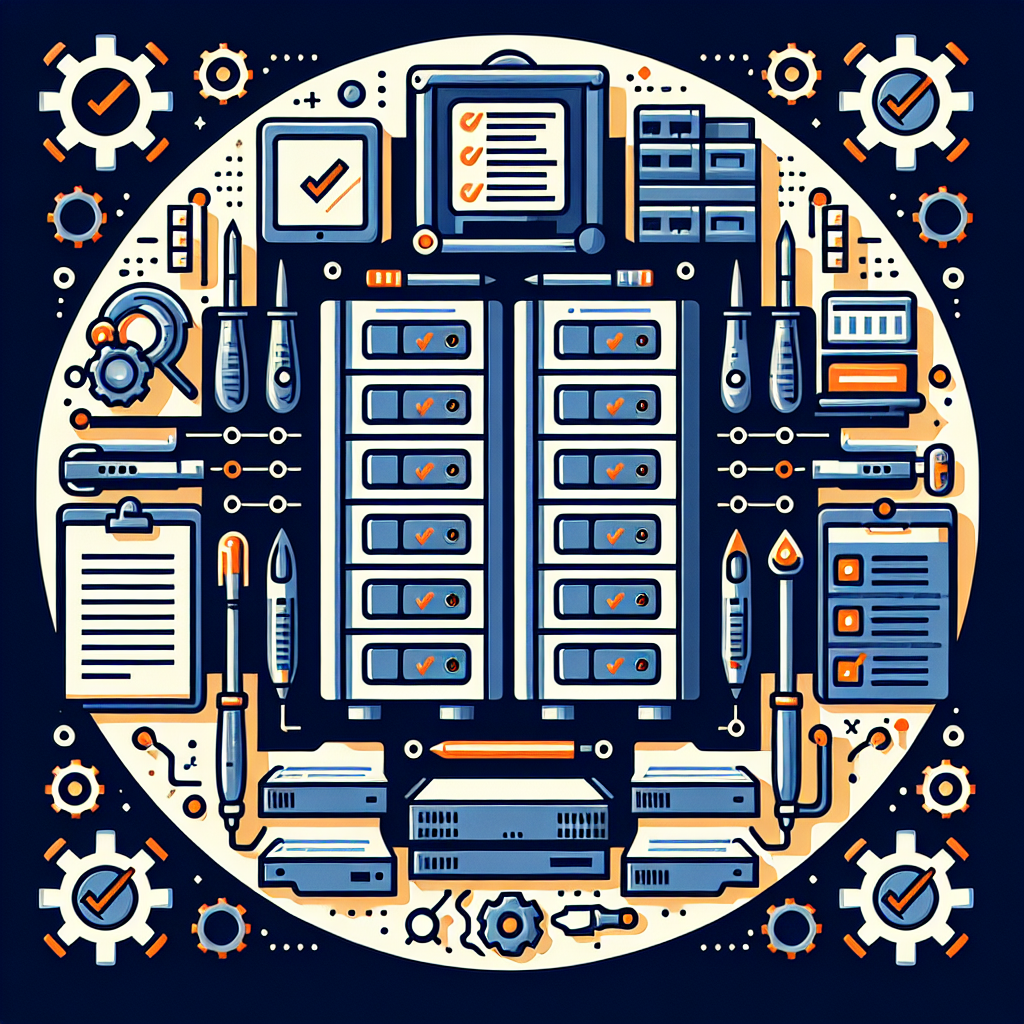As technology continues to advance at a rapid pace, the future of data centers is becoming increasingly complex and challenging. With the growing demand for data storage and processing power, data centers are under pressure to deliver high levels of performance and reliability. One way that data centers are looking to meet these demands is through the implementation of predictive maintenance strategies.
Predictive maintenance involves using data and analytics to predict when equipment is likely to fail so that maintenance can be performed proactively, rather than reactively. By monitoring the condition of equipment in real-time, data centers can identify potential issues before they cause a failure, leading to improved uptime and reduced maintenance costs.
One of the key technologies driving predictive maintenance in data centers is the Internet of Things (IoT). By connecting equipment and sensors to a central monitoring system, data centers can collect and analyze vast amounts of data in real-time. This data can be used to detect patterns and trends that indicate when equipment is likely to fail, allowing maintenance teams to take action before a critical failure occurs.
In addition to IoT, artificial intelligence (AI) and machine learning are also playing a crucial role in predictive maintenance strategies. AI algorithms can analyze complex data sets and identify patterns that may not be apparent to human operators. Machine learning algorithms can also continuously improve their predictive capabilities over time, leading to more accurate and reliable maintenance predictions.
Implementing predictive maintenance strategies in data centers can bring a number of benefits. By proactively addressing maintenance issues, data centers can reduce downtime and improve operational efficiency. Predictive maintenance can also extend the lifespan of equipment, reducing the need for costly replacements.
However, implementing predictive maintenance strategies is not without its challenges. Data centers must invest in the necessary sensors, monitoring systems, and analytics tools to collect and analyze the data needed for predictive maintenance. They must also ensure that their maintenance teams are trained to interpret and act on the insights provided by predictive maintenance systems.
Despite these challenges, the future of data centers lies in the adoption of predictive maintenance strategies. By harnessing the power of IoT, AI, and machine learning, data centers can achieve higher levels of performance and reliability, while reducing maintenance costs and downtime. As technology continues to evolve, data centers that embrace predictive maintenance will be better positioned to meet the growing demands of the digital age.



